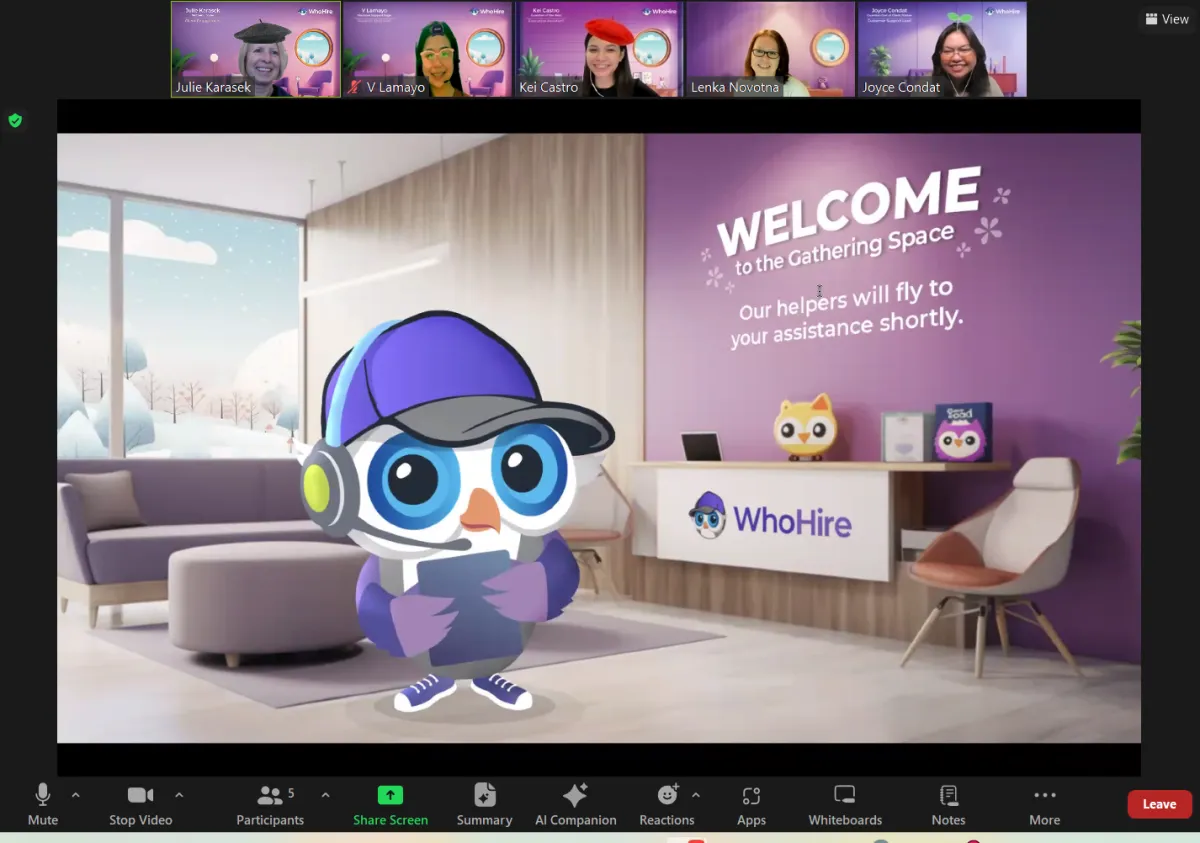
Why You Should Develop Equitable Hiring Practices in 2022
Why Equitable Hiring Practices Matter in 2022
Equitable hiring benefits a company’s image and moves us all towards a fairer future. And it pays, too. Organizations that focus on diversity, equity, and inclusivity enjoy 2.3 times more cash flow per employee than less diverse competitors.
At the management level, equitable hiring practices that boost diversity can significantly increase innovative revenue. This benefit should be an essential consideration for companies looking to modernize and adapt their business model.
Prioritizing equity during the hiring process allows recruiters to provide a better candidate experience and secure a wider pool of qualified applicants. This boosts an organization's odds of discovering high-performing candidates that typically might have been eliminated during the hiring process due to race, religion, gender, non-traditional backgrounds, or other characteristics and traits.
But before your organization is ready to reap the benefits of equitable hiring practices, you’ll need to do some groundwork.
What Equitable Recruitment Looks Like
Equitable hiring practices follow the modern best practices for growing your organization.
Anonymized applications and resumes, skill tests, and standardized assessment processes are all signs that a company is on the right track. Other key signs of equitable hiring include:
Structured/standardized interview processes
Diverse hiring panels
Using predictive analysis to eliminate biases
Implicit bias training for hiring managers and recruiters
Five Steps to Build a Fair and Equitable Hiring Practices
1. Start with a Data-Driven Diversity, Inclusivity, and Equity Assessment
Reviewing employee data can help organizations gain insight into the current state of DEI at their organization. Companies should review their workforce to evaluate multiple forms of diversity, including:
Racial diversity
Religious diversity
Gender diversity
Ability
Military status
Educational diversity
Cultural diversity
Organizations should also review diversity and inclusivity at the management and executive level for a comprehensive evaluation.
Once this review has been completed, companies will have a clearer picture of how to improve DEI through recruiting and hiring processes.
2. Set Clear Goals
After identifying where you’ll focus DEI efforts, you’ll need to establish guidelines and goals to track your progress and encourage accountability.
Time-sensitive equity goals add an extra layer of motivation for hiring managers and recruiters. For example, if an organization skews heavily male, they may decide to set a goal of onboarding 25 highly qualified women over the next six months.
Setting clear and actionable goals is a foundational step towards diversity, equity, and inclusivity targets.
3. Don’t Gloss Over the Job Description
The way you write job descriptions can cost you ideal applicants.
Without a careful review by multiple individuals, job descriptions can get weighed down with coded language and superfluous ‘must-haves’ that alienate qualified applicants.
To draw in more capable, diverse applicants, avoid alluding to traits that hint at a preference towards a certain gender, race, age, or background.
For example, ‘competitive’ and ‘ambitious’ are typically associated with male-dominated roles and industries, while ‘nurturing’ or ‘supportive’ may lead to applicant pools that skew towards women.
To improve gender equity, companies should also avoid a long list of required qualifications. Studies have found men will apply for positions for which they meet 60% of the required qualifications. On the other hand, women tend to avoid applying if they don’t meet 100% of the required skills and experience.
4. Use Data and Advanced Analytics to Ensure Diversity and Inclusion
Advanced analytics should be the ace up every organization’s sleeve to ensure fair and equitable screening, hiring, and onboarding practices.
Predictive analytics provide companies with bias-free and data-driven applicant evaluations that reduce human error or implicit biases’ impact on hiring decisions.
Organizations that take advantage of predictive analysis to create an evidence-based selection process will see greater diversity, inclusivity, and equity success. They’ll also enjoy greater access to desired skill sets, improve their organization’s reputation, and create better customer experiences.
5. Build an Equitable and Inclusive Interview Process
The interview process can make or break all of your diversity, equity, and inclusivity efforts.
Implicit biases can be more challenging to identify and suppress during face-to-face interviews than during resume reviews or when creating a job description.
To combat this, organizations should follow these three steps to build a more inclusive interview process:
Standardize Interview Questions and Scoring
Standardized questions and evaluation methods keep interviews on track and minimize the impact of personal biases on candidate evaluations.
Involve a Diverse Hiring Committee
Diverse hiring panels or committees mitigate individual biases by collaborating among diverse perspectives to reach an onboarding decision.
Multinational technology giant Intel used diverse hiring committees to boost gender diversity by 13% in just two years.
Reinforce Anti-Bias Training During Interview Debriefs
Fighting biases starts with awareness. For example, organizations can prime hiring decision-makers to approach evaluations with impartiality by holding a brief discussion that reinforces your organization’s anti-bias training after an interview.
Improve Your Equitable Hiring Practices with PerceptionPredict
PerceptionPredict’s advanced predictive analytics tools are the perfect solution for organizations struggling to introduce and maintain equitable hiring processes.
Our revolutionary software eliminates implicit bias from the recruitment and hiring process. It empowers organizations to improve diversity, equity, and inclusivity while identifying candidates that are quantifiably suited for the role.
PerceptionPredict has helped major players in the automotive, B2B SaaS, insurance, retail, manufacturing, and call center industries use an evidence-based selection process to boost ROI and drive DEI goals.
Book a demo to learn more about how machine learning and predictive analytics boost equity and drive performance.
Need Some Help?
Join us at our place
We are available instantly from 9AM-6PM EST Monday-Friday in our digital company headquarters. Stop by and speak directly with real, smiling, helpful humans. We are working hard to help you build and optimize the people part of your business. Stop by and say "hello", and say "goodbye" to hiring frustrations.

